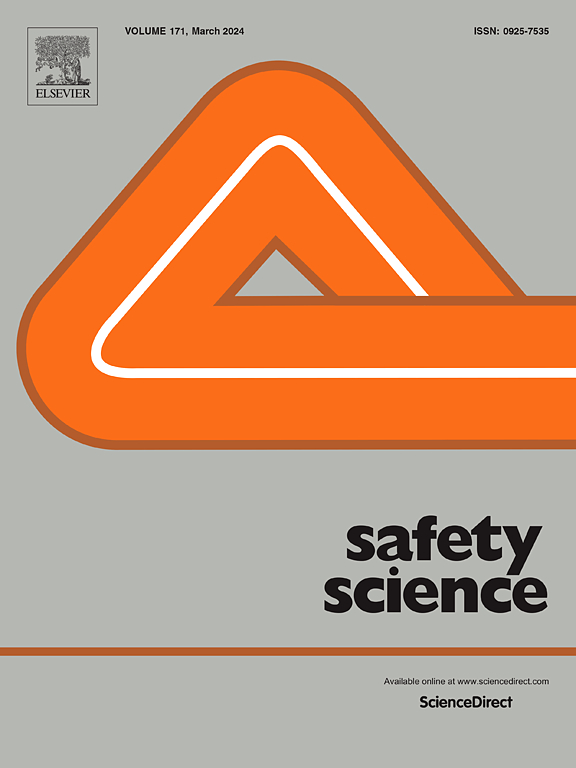Study on the evolution of incentive mechanisms for multibody collaborative governance of occupational safety and health in China
IF 4.7
1区 工程技术
Q1 ENGINEERING, INDUSTRIAL
引用次数: 0
Abstract
China’s occupational safety and health (OSH) production system is a cooperative system comprising multiple subjects and elements; however, its current situation remains challenging. This study investigated the strategy selection mechanisms of multiple interested subjects and their influencing factors to enhance the responsibility and participation of these subjects, thereby improving the overall efficiency of China’s occupational safety and health management (OSHM). Using evolutionary game theory, a three-party government-enterprise-employee evolutionary game model was established to examine strategy selection mechanisms and influencing factors. Numerical simulations of different stable strategy scenarios were conducted using MATLAB software to analyze the impact of different policy parameters on evolutionary trends in stable strategy scenarios of ideal evolutionary games {government-guided, enterprise-implemented, and employee-participated}. Results show that (1) when the cost of OSH governance for each of the three parties, government, enterprises, and employees, is less than the benefits generated, synergistic governance of the three parties can be realized. (2) The closer the initial behavioral strategy of each party is to the ideal evolutionary stable strategy, the faster they converge to the ideal stable strategy. (3) Increasing policy fines has a positive facilitating effect on government guidance, while increasing the policy subsidies and employee rewards has adverse inhibitory effects; increasing policy subsidies, policy fines, and employee compensations has positive promotional effects on enterprises’ implementation of OSHM; and increasing employee rewards and compensations has positive promotional effects on employees’ participation in OSHM. This study provides a theoretical foundation and practical strategies for promoting collaborative governance in China’s OSHM framework.
求助全文
约1分钟内获得全文
求助全文
来源期刊

Safety Science
管理科学-工程:工业
CiteScore
13.00
自引率
9.80%
发文量
335
审稿时长
53 days
期刊介绍:
Safety Science is multidisciplinary. Its contributors and its audience range from social scientists to engineers. The journal covers the physics and engineering of safety; its social, policy and organizational aspects; the assessment, management and communication of risks; the effectiveness of control and management techniques for safety; standardization, legislation, inspection, insurance, costing aspects, human behavior and safety and the like. Papers addressing the interfaces between technology, people and organizations are especially welcome.
 求助内容:
求助内容: 应助结果提醒方式:
应助结果提醒方式:


